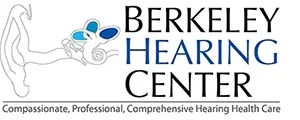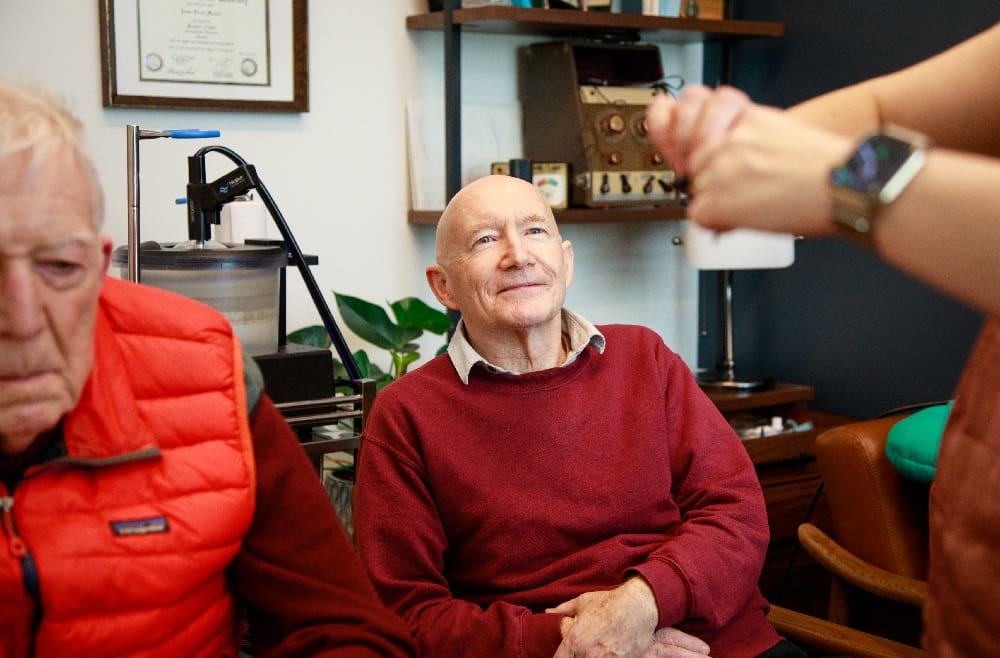2019-03-07
Jonathan Lipschutz Audiologist, M.S., F-AAA, Co-Owner
As an audiologist, I’m sure it comes as no surprise that I’m a big proponent of protecting your ears. Heck, I wrote about it in last month’s piece! But that doesn’t mean avoiding loud sounds or giving up what you love to do in order to safely live, work and play. It just means you have to be smart about your ears. Not only am I a big proponent of custom ear products (CEPs), I’m also a big fan! This article isn’t intended as an in-depth guide to any particular product(s). I just wanted to share some of my knowledge, expertise and experience with CEPs that have helped improve my quality of life and/or those who entrust me with their care. CEPs come in different forms and for different functions. Individuals need to figure out what products are best suited to their particular needs/situations/environments, and unsurprisingly, audiologists are arguably the best resource for this information. Some CEPs protect from loud noise exposure, either work-related or recreational. Some improve quality of life, such as custom sleep plugs, while others help to physically protect the ears, such as ‘swimplugs’ for surfers/kiteboarders/windsurfers or kids with ‘tubes’.
And still others can be a combination, allowing improved quality of life while protecting against noise-induced hearing loss (NIHL) such as ‘Musician’s Earplugs’. There are CEPs that have electronic components (in-ear-monitors, ‘shooter’s plugs’) and ones that work passively (sleep plugs, swimplugs, musician’s ear plugs). I personally have several different kinds that I use regularly that improve my quality of life (sleep plugs, IEMs) or protect my hearing (Musician’s Earplugs).
https://berkeleyhearing.com/wp-content/uploads/2023/07/berkeley-hearing-center-benefits-of-custom-earmolds.jpg
In fact, I’m listening to Miles Davis through my in-ear-monitors as I write this (more on those next month). One of the things that brought me to the field of audiology was my love of music, particularly live music. So it pains me when I see people at concerts not protecting their ears. When I speak to folks about this, I often hear that the generic foam plugs make the music sound bad (“muddy”) and/or they don’t fit well. It’s true, listening to music through them sounds awful. And it’s no wonder they don’t fit well! Ears are unique, like snowflakes. No two are alike. And they are usually quite curvy. Thankfully, one can comfortably protect while still enjoying the music the way it was intended. There are relatively inexpensive non-custom ‘high fidelity’ ear plugs. For those who only go to a concert once every few years, this a decent option. For musicians, or those like me, that seek out live music, the custom molded ‘Musician’s Earplugs’ (MEPs) are the gold standard. Since they are made from an impression of your ears, they should fit like a glove and have the best fidelity attenuation. In fact, when I’m wearing my custom plugs, I can even understand the vocals at concerts better. You see, with loud intensities, the auditory system (like a stereo) can exhibit distortion.
For years, I have recommend to patients with issues understanding in the presence of background noise, but with no significant hearing loss, that they use MEPs to reduce the impact of that distortion on auditory processing. And within the last few years, auditory research has begun to provide evidence (cochlear synaptopathy or “hidden hearing loss”) to back-up my hypothesis/recommendation. In Part II, I’ll give you the lowdown on two of my favorite custom products for the ears (sleep plugs and in-ear-monitors), as well as some of those used by my patients.
https://berkeleyhearing.com/wp-content/uploads/2024/05/Need-help-with-your-hearing.jpg
Jonathan Lipschutz Audiologist, M.S., F-AAA, Co-Owner






